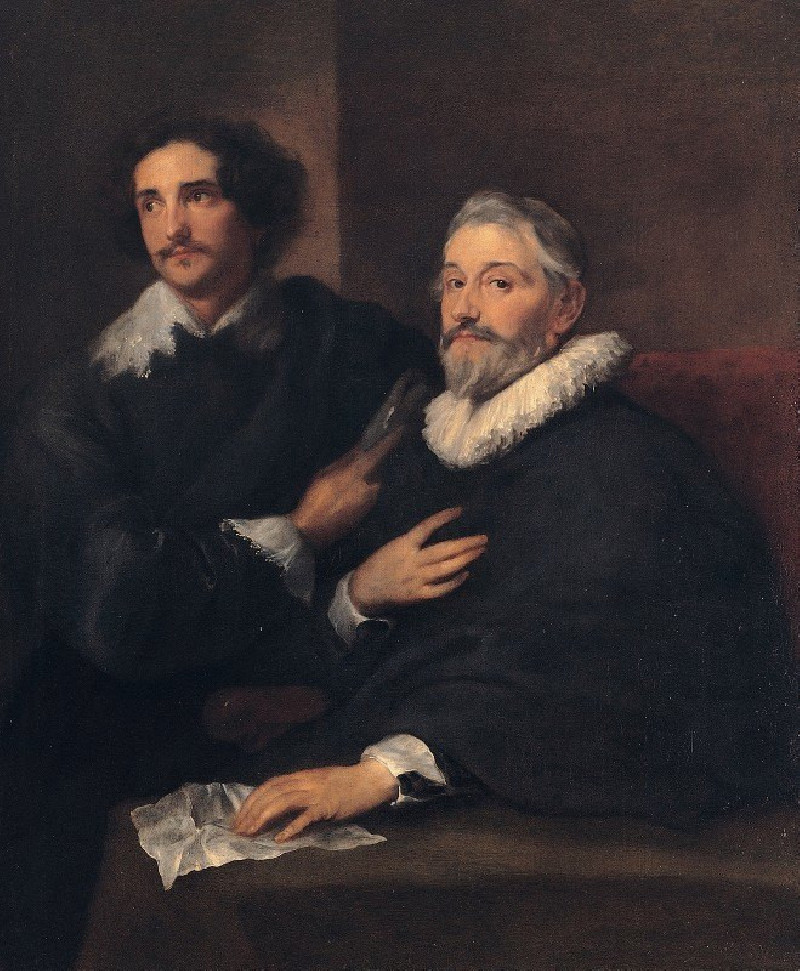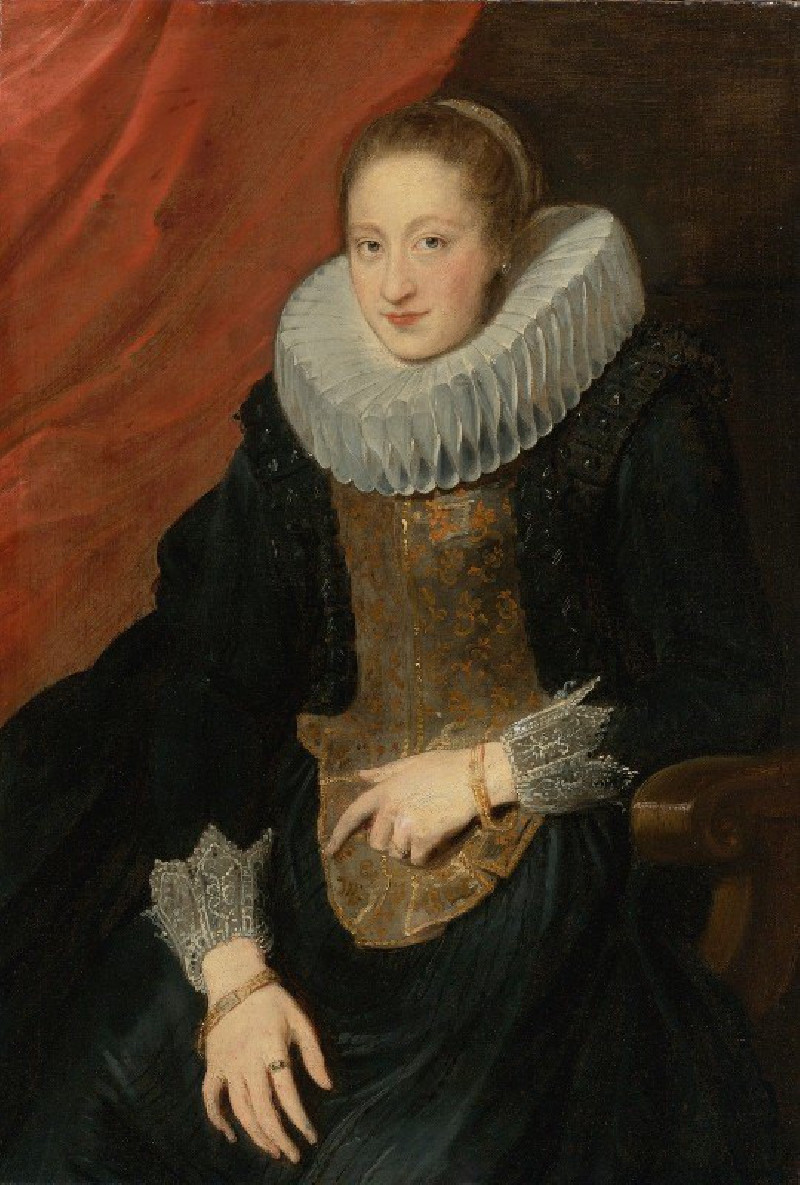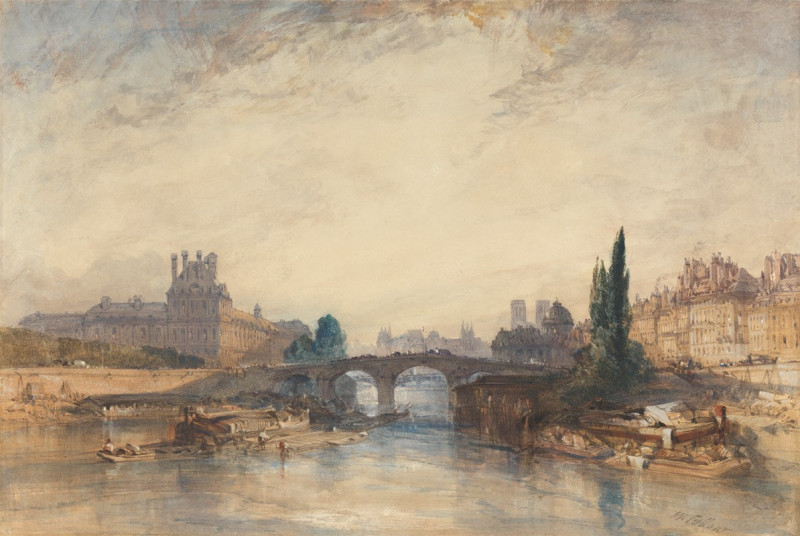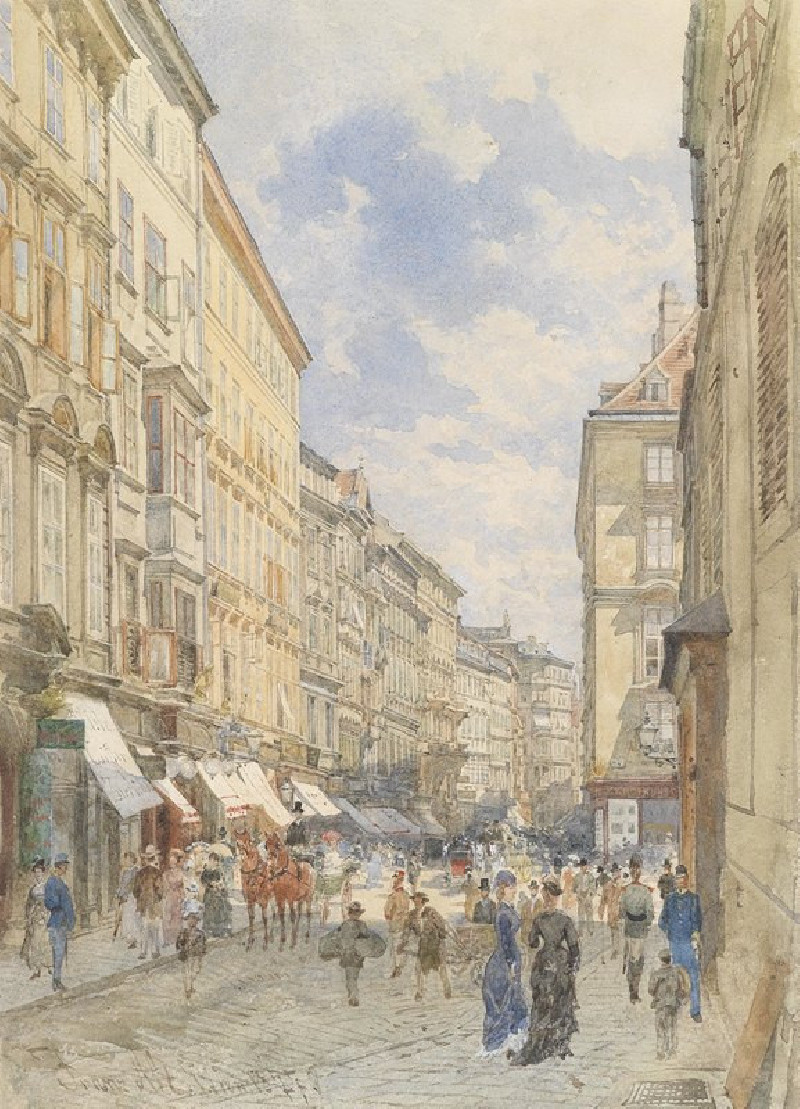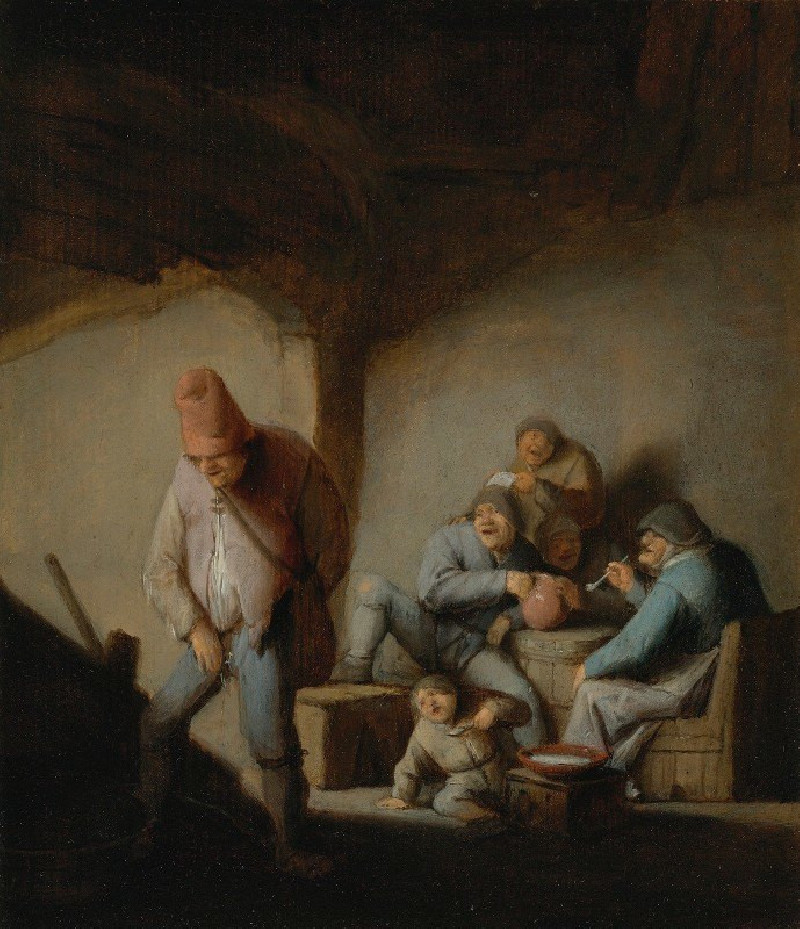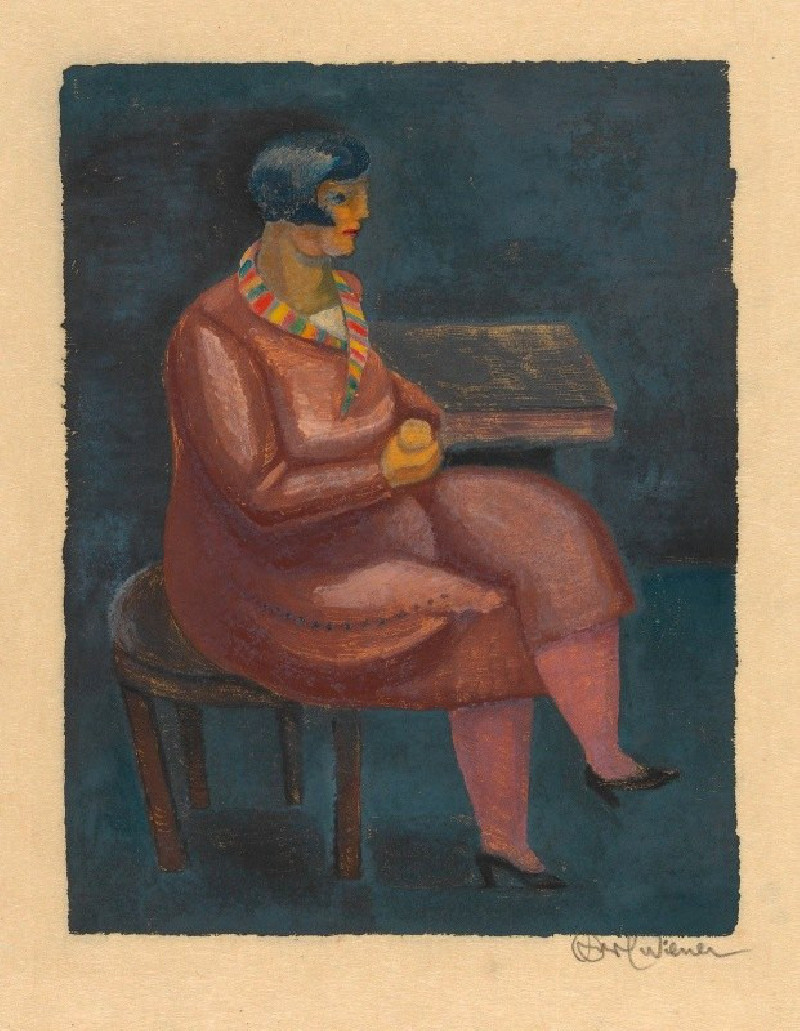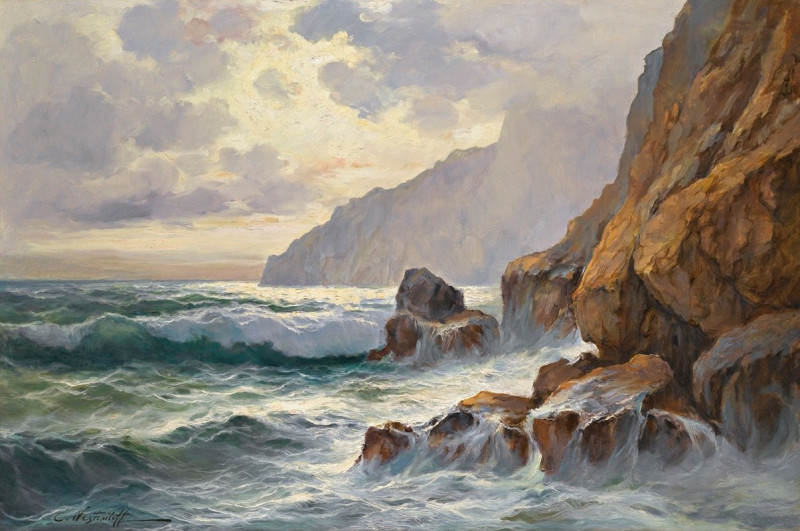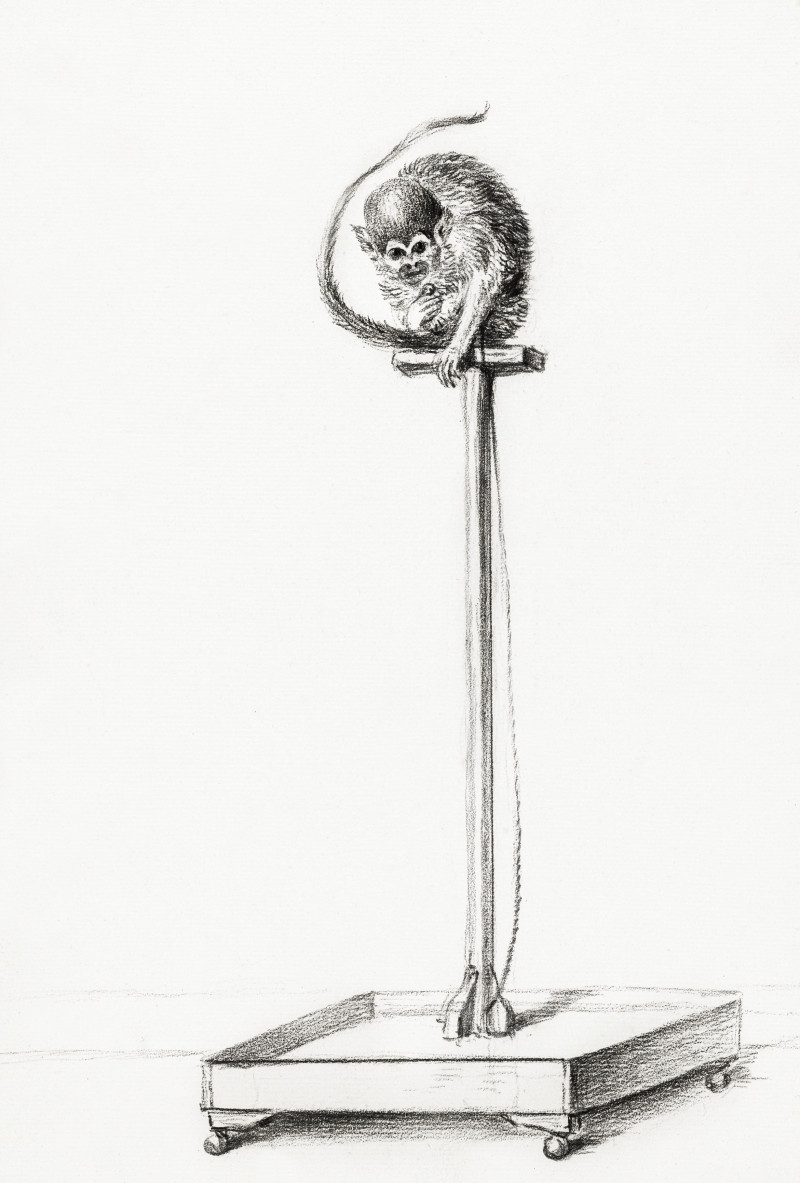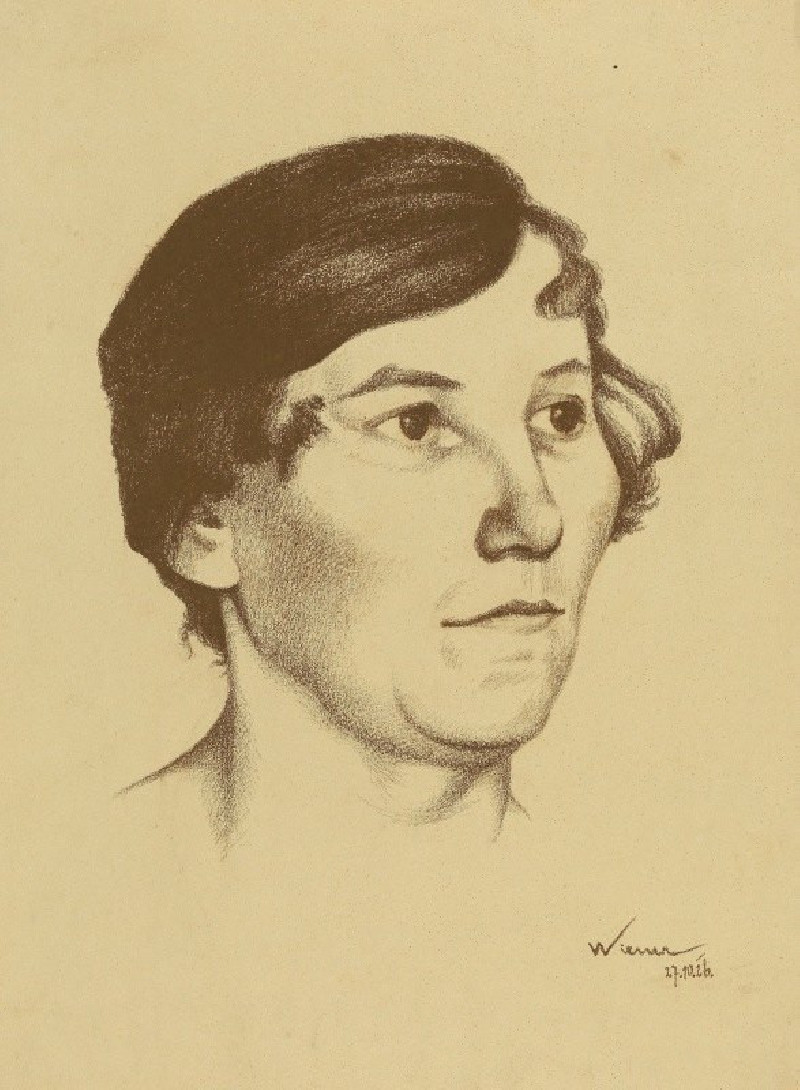Portrait Of The Engravers Pieter De Jode The Elder And Pieter De Jode The Younger (between 1620 and 1640)
Technique: Giclée quality print
Recommended by our customers
More about this artwork
This evocative painting by Anthony van Dyck, created between 1620 and 1640, captures the distinguished likenesses of Pieter de Jode the Elder and his son, Pieter de Jode the Younger, both renowned engravers of their time. Presenting a sensitive and insightful portrayal, van Dyck depicts the pair in a moment of quiet intimacy and mutual respect, highlighted by their poised and serene expressions.The elder De Jode, with his richly textured white beard and keen gaze, is seated prominently in the forefront, his hand gently resting on a sheet of paper—perhaps suggesting their profession tied to the intricate art of engraving. Beside him, the younger De Jode appears with a thoughtful and attentive demeanour. His dark, flowing hair and sharp features contrast effectively with his father's visage, providing a visual balance to the composition.Adept use of lighting accentuates the refined details of their facial expressions and luxuriant clothing, particularly the lace collars and cuffs, which were typical of the period and indicative of their stature. The subdued color palette and soft backgrounds further focus our attention on the subjects, making this portrait a compelling study of character and familial bonds.This masterpiece not only showcases Van Dyck's skill in portrait painting but also serves as a historical document, reflecting the respect and prominence of the De Jodes in the art community of 17th-century Europe.
Delivery
Returns
Sir Anthony van Dyck (1599 – 1641) was a Flemish Baroque artist who became the leading court painter in England after success in the Spanish Netherlands and Italy.
The seventh child of Frans van Dyck, a wealthy Antwerp silk merchant, Anthony painted from an early age. He was successful as an independent painter in his late teens, and became a master in the Antwerp guild in 1618. By this time he was working in the studio of the leading northern painter of the day, Peter Paul Rubens, who became a major influence on his work.

